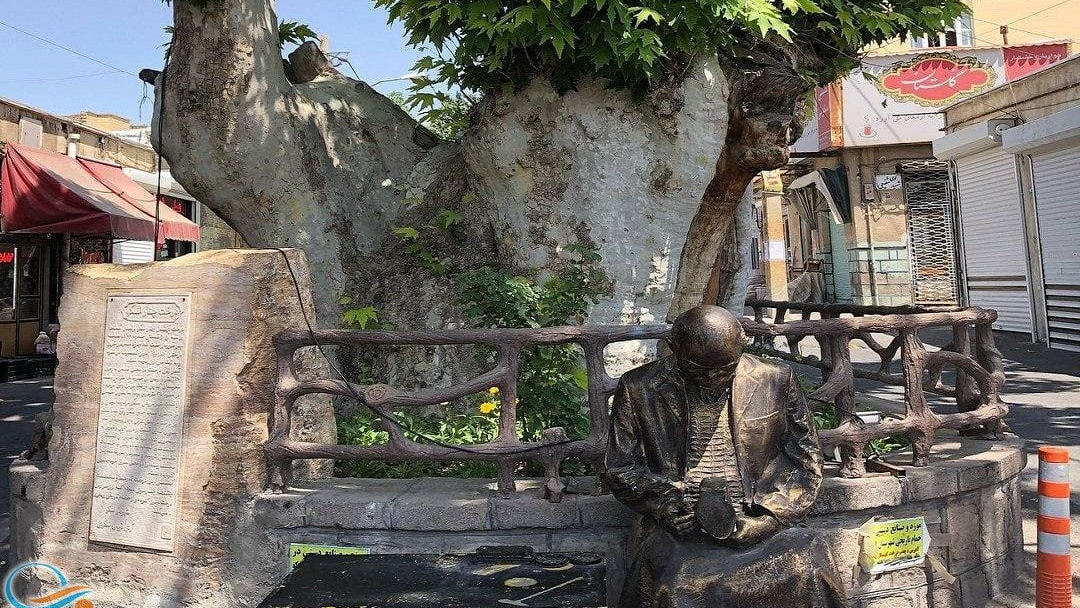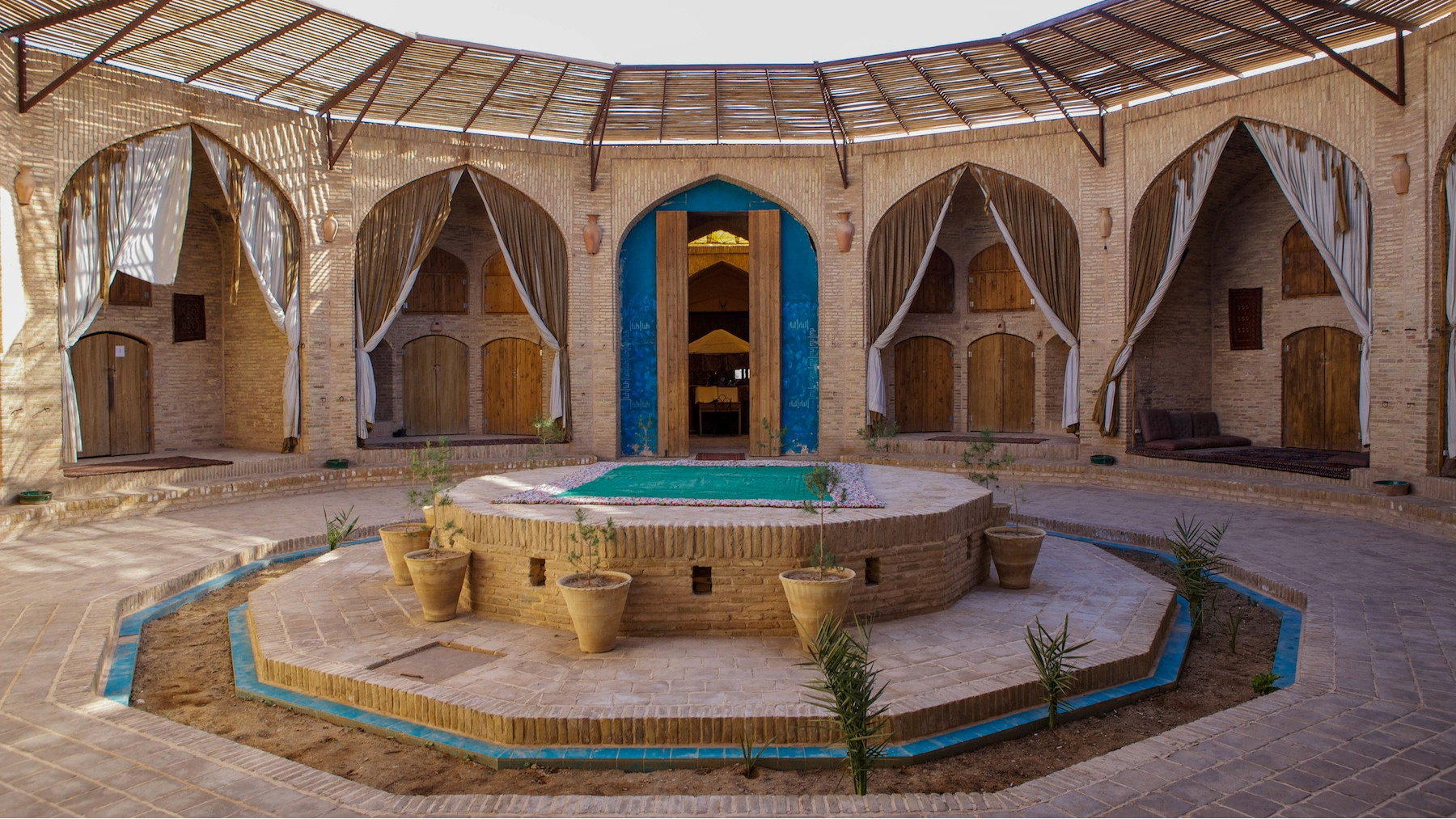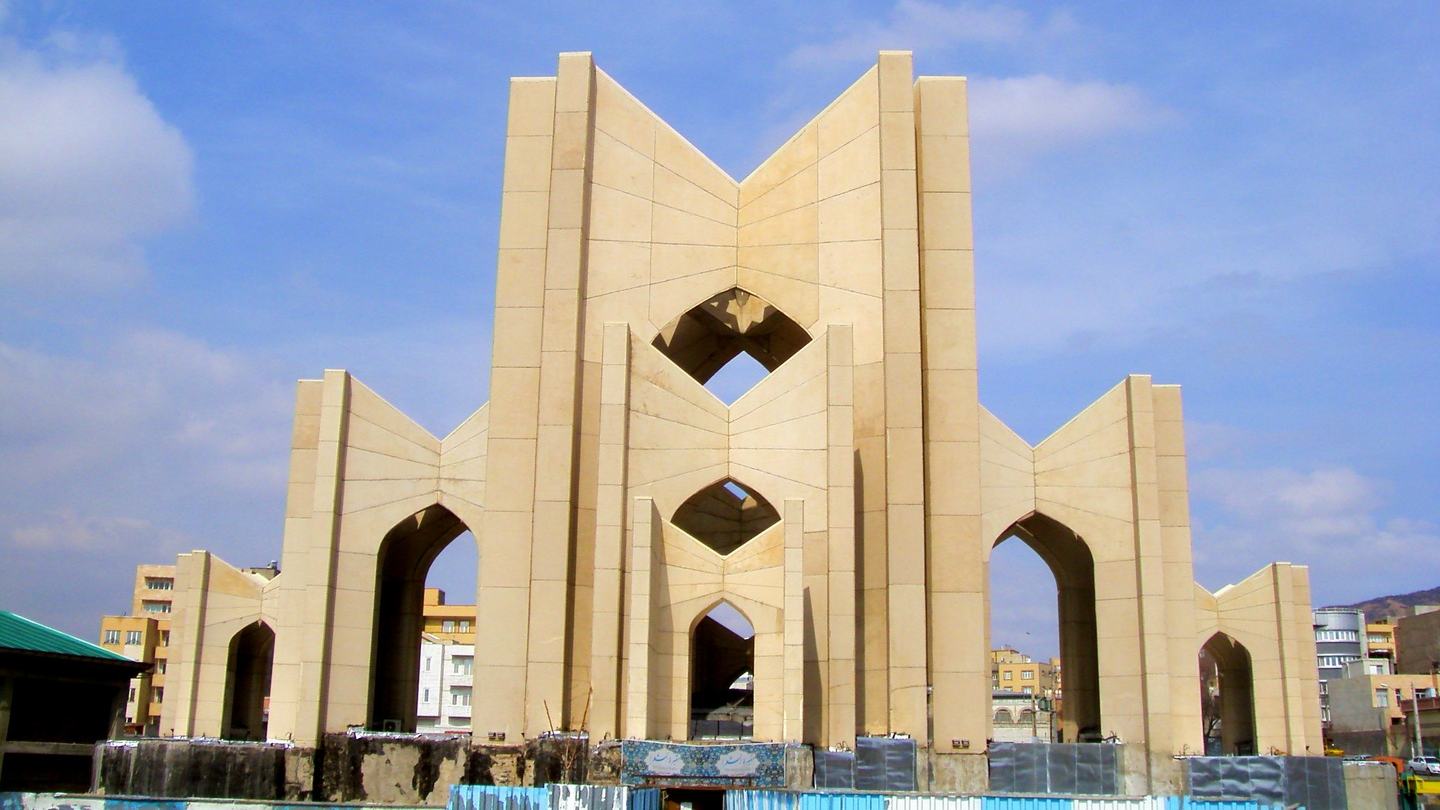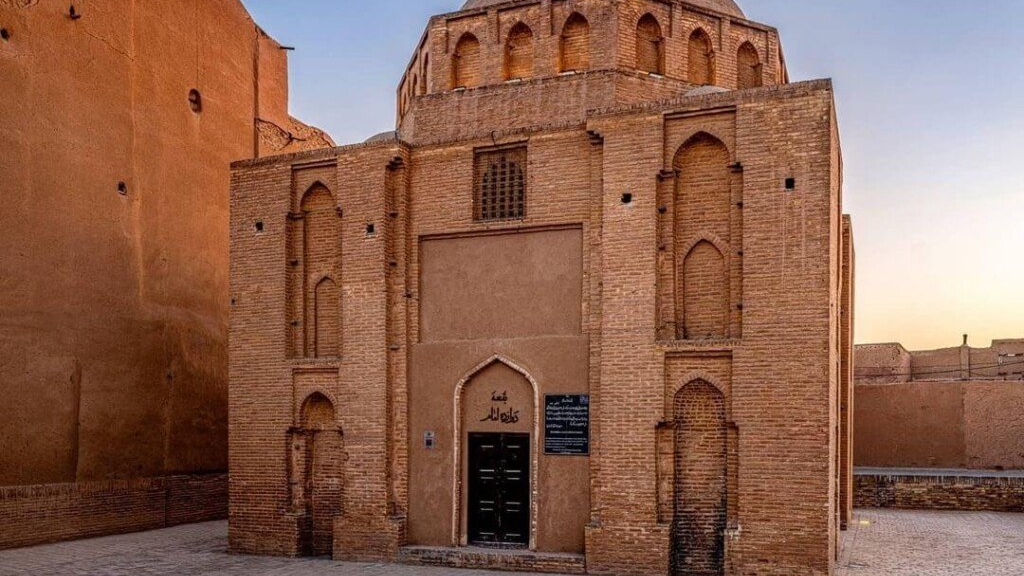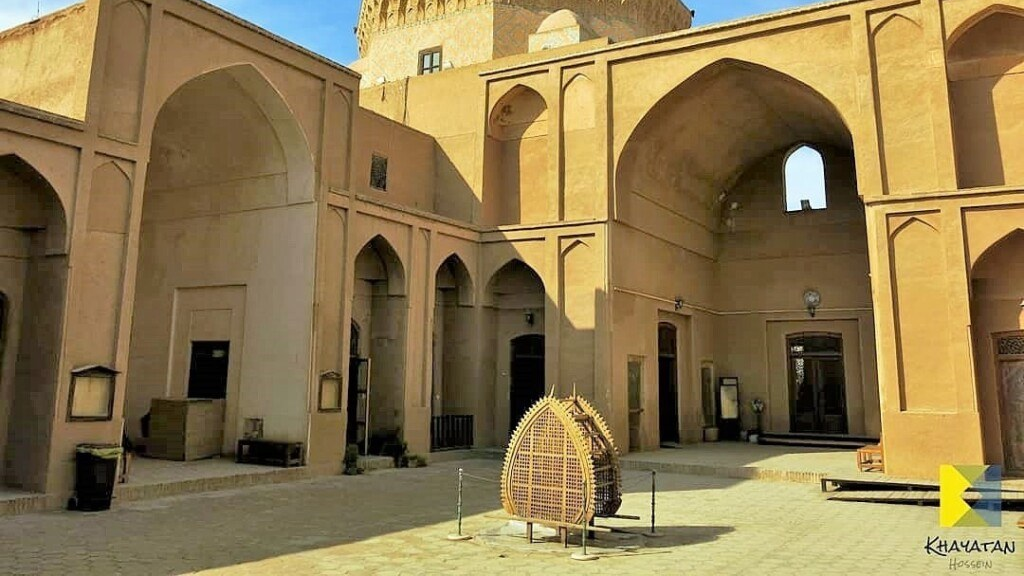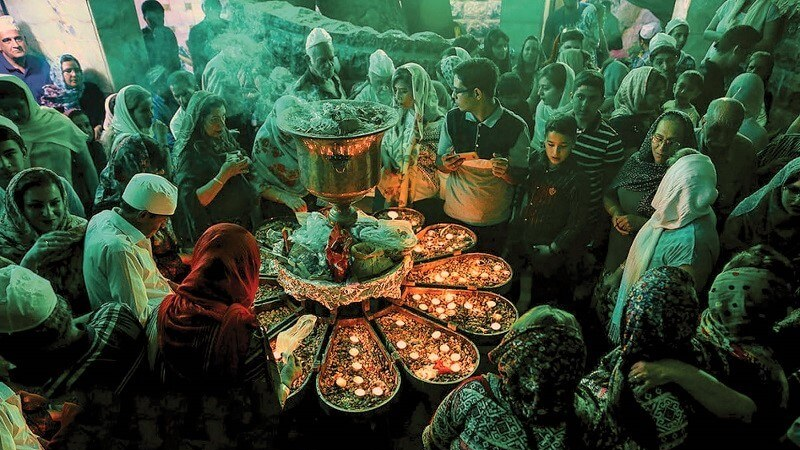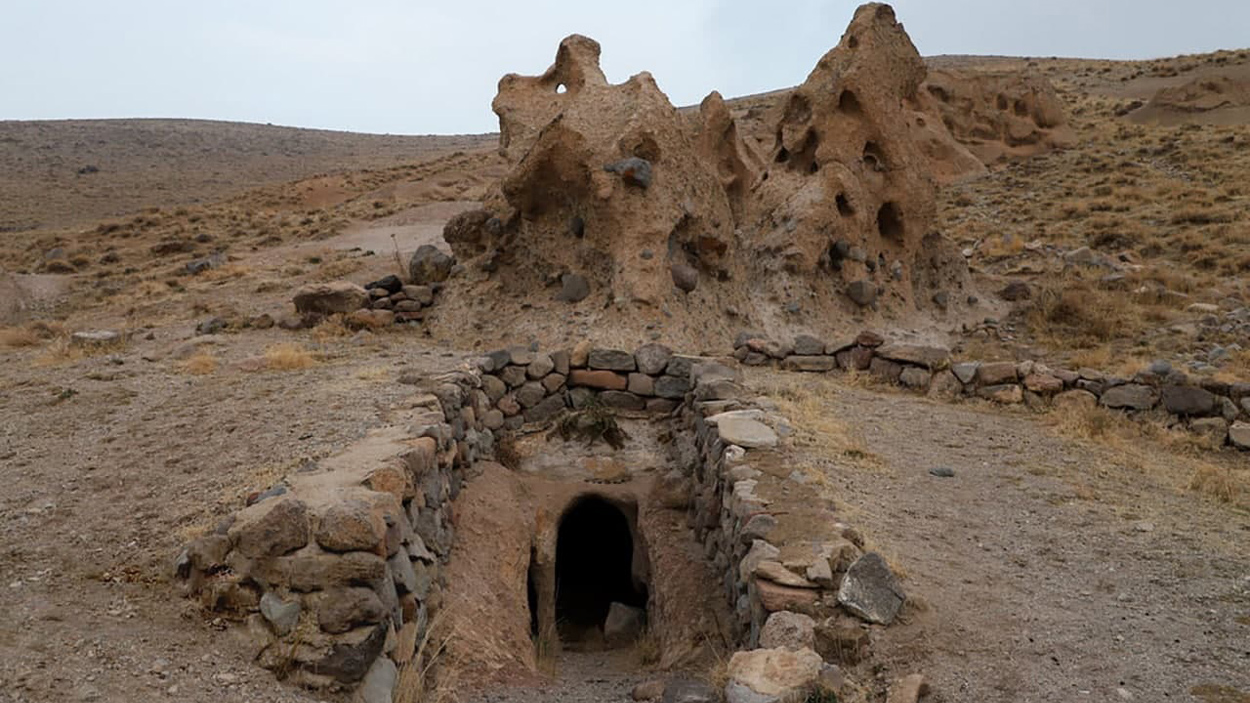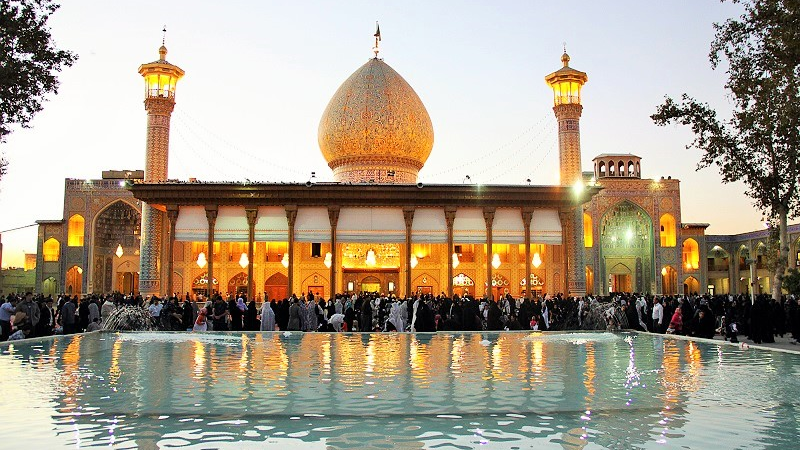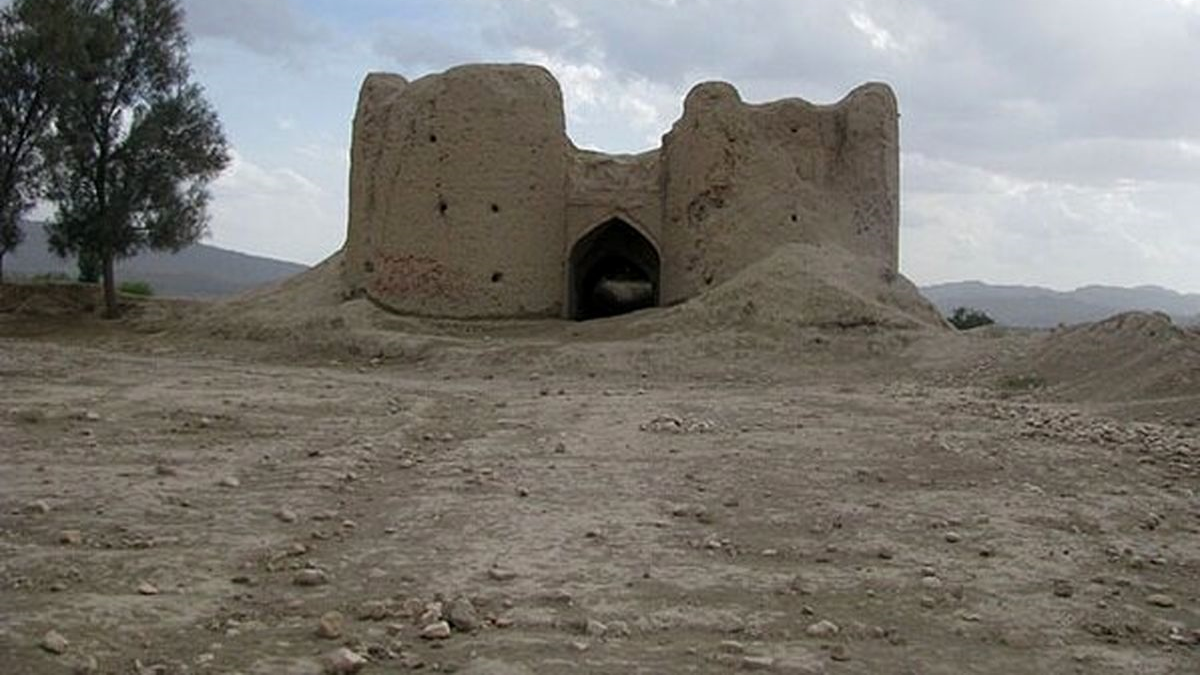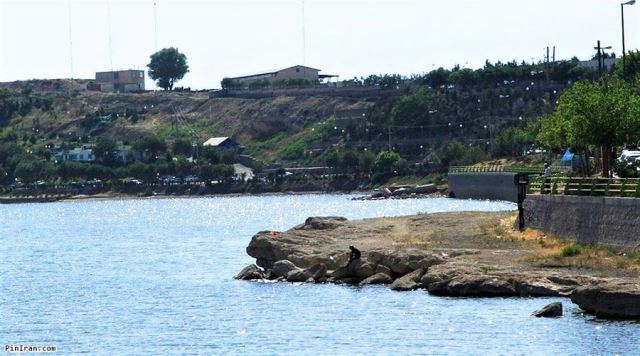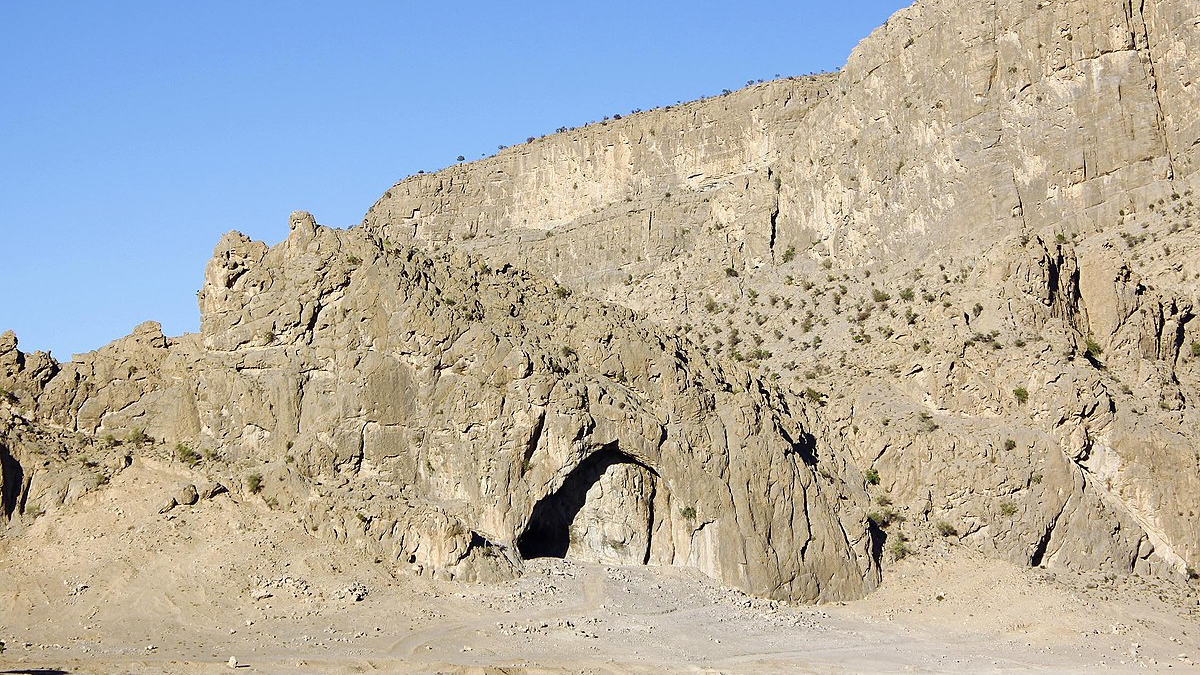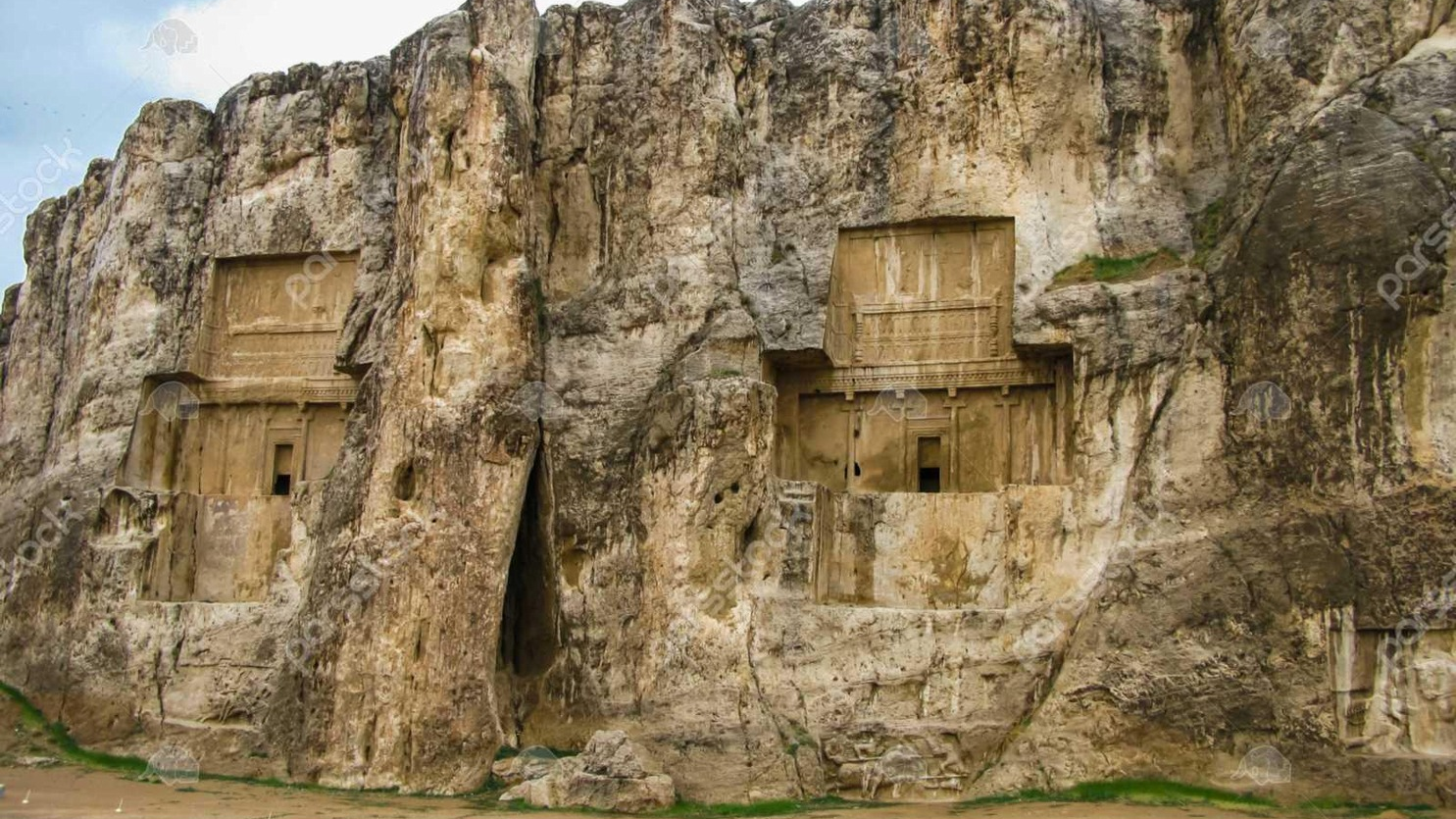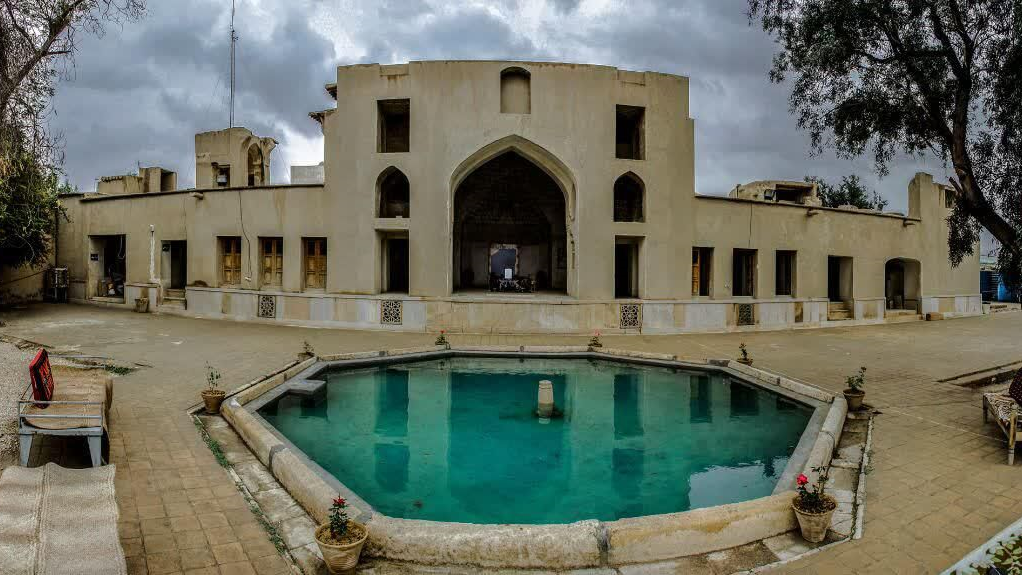
Jahrom’s Bazaar; A Marketplace with a Unique Crossing
Jahrom’s Bazaar can be considered one of the most valuable architectural examples of the Zand era. This bazaar, which was built in the style of the Qaisarieh Bazaar of Lar, is considered the main commercial center of Jahrom City. This Bazaar, which is located between Manochehri Street and Mulla Javad Neighborhood of this city, is a covered market next to Jahrom Jame Mosque. There are nearly 100 chambers in this bazaar, most of which are engaged in the sale of textiles, therefore, Jahorm’s Bazaar is also called the Cloth Bazaar. Since this bazaar is similar to the Vakil Bazaar of Shiraz, the two bazaars are considered twin sisters. The roof of Jahorm’s market has been designed in such a way that it turns green after rain.
The Architecture of Jahrom’s Bazaar
Located over an area of 800 square meters, Jahrom’s Bazaar has been built in the shape of a cross (like the Qaysarieh Bazaar of Lar). The level of the shops is higher than the floor of the market to prevent rainwater from entering the shops in rainy seasons. There are vents on the roof to let sunlight and fresh air into the market.
The use of a dome-shaped roof, thick walls, and narrow and tall windows with the aim of keeping the market cool is an architectural feature of buildings in tropical and desert regions.
The above-mentioned crossing of this bazaar has a high and unique vault and the stone pond built under it makes it even more interesting. Mud and straw are the main materials used in the construction of the dome the inner side of which is decorated with poems written in Nastaliq script.
The octagonal wind tower on top of the dome has been built with such precision and skill that the earthquakes of Jahrom in recent centuries have not caused any damage to it.
Several caravanserais, bathhouses, and mosques had also been built in this complex, which have now lost their functionality and a couple of them have also been completely destroyed.
History of Jahrom’s Bazaar
Jahrom’s Bazaar is a structure that was built in six years towards the end of the Zand era and the beginning of the Qajar period. Mohammad Hossein Khan Jahormi, the ruler of the two cities of Jahorm and Fasa, built it in 1250 AH (1834 AD). The oldest part of the bazaar is the main part, which has four entrances with a dome-shaped roof. This building was developed in the following years in today’s form.
Inscriptions of Jahrom’s Bazaar
There are three stone inscriptions and one plaster inscription in this Bazaar, which were installed in different periods.
• The first inscription is related to the era of Mohammad Shah Qajar (reign from 1834 to 1848 AD).
• The second inscription is related to the year 1254 AH (1838 AD)
• The third inscription is related to the year 1284 AH (1868 AD)
• The fourth inscription is related to the Pahlavi era.
The content of the third inscription is about banning a public muhtasib (prosecutor). Muhatsibs were the officials who walked in the streets and markets with a whip in their hand and monitored transactions to prevent any possible fraud and evasion of debt repayments.
Jahrom’s Bazaar was inscribed on the list of Iran’s national heritage in the year 1973 AD.
Located over an area of 800 square meters, Jahrom’s Bazaar has been built in the shape of a cross (like the Qaysarieh Bazaar of Lar).
| Name | Jahrom’s Bazaar; A Marketplace with a Unique Crossing |
| Country | Iran |
| State | Fars |
| City | Jahrom |
| Type | Historical |
| Registration | National |
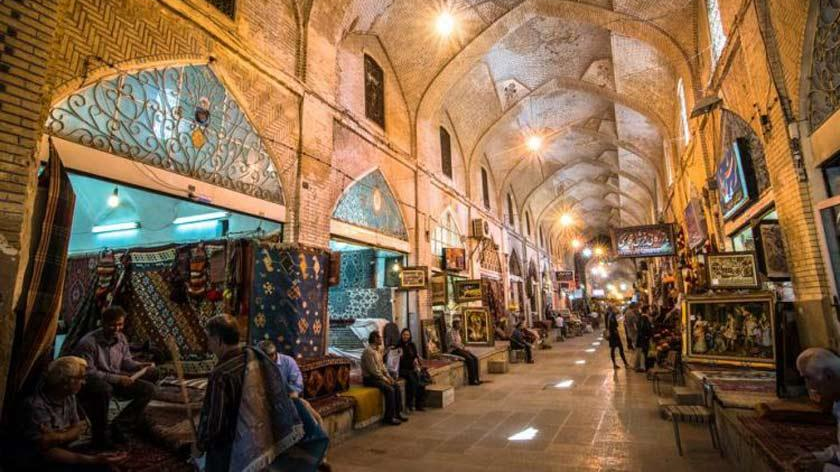
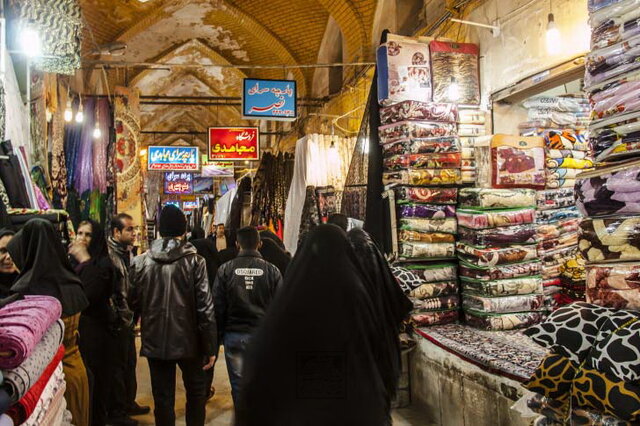
_2.png)


_2.png)
Choose blindless
Red blindless Green blindless Blue blindless Red hard to see Green hard to see Blue hard to see Monochrome Special MonochromeFont size change:
Change word spacing:
Change line height:
Change mouse type:
